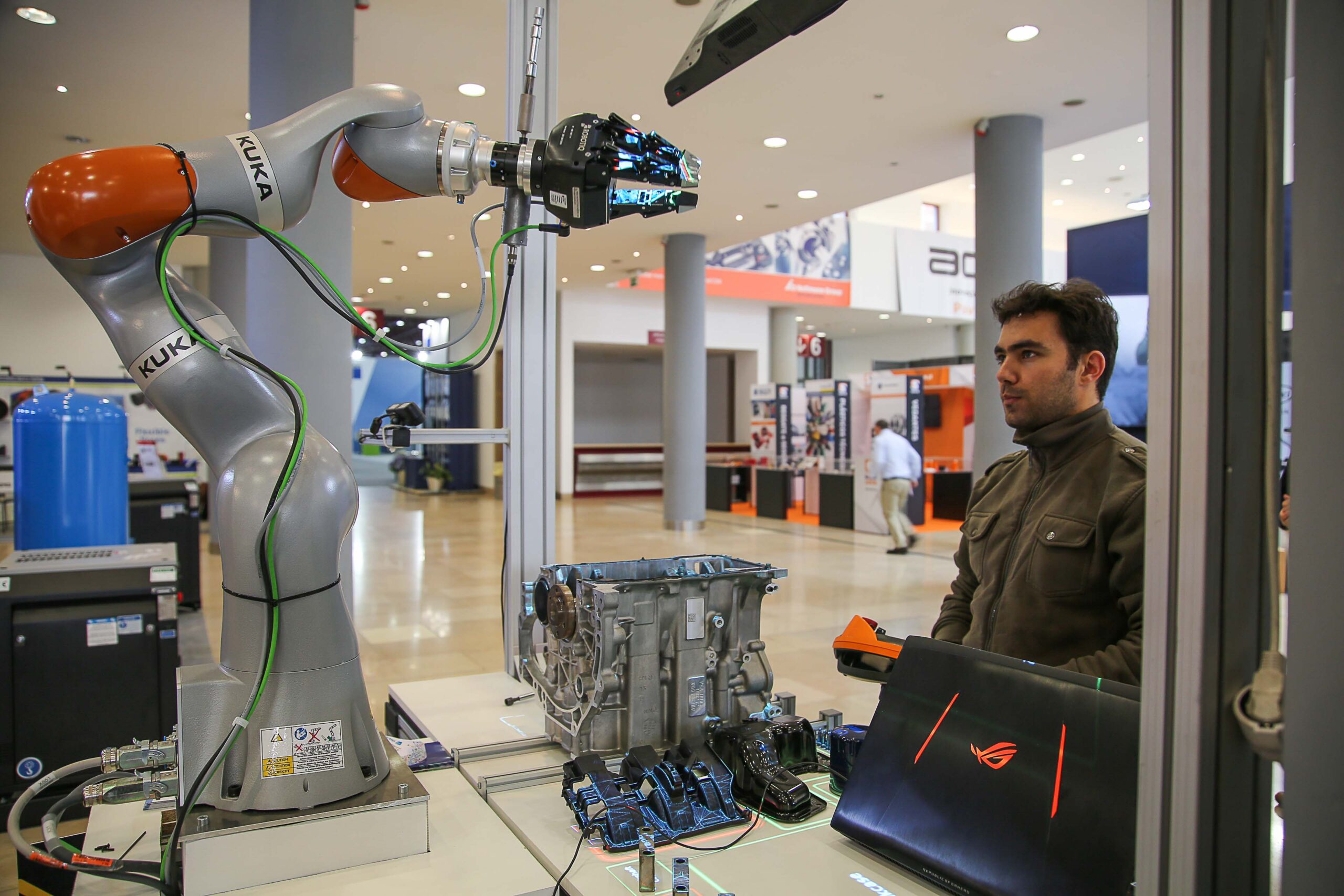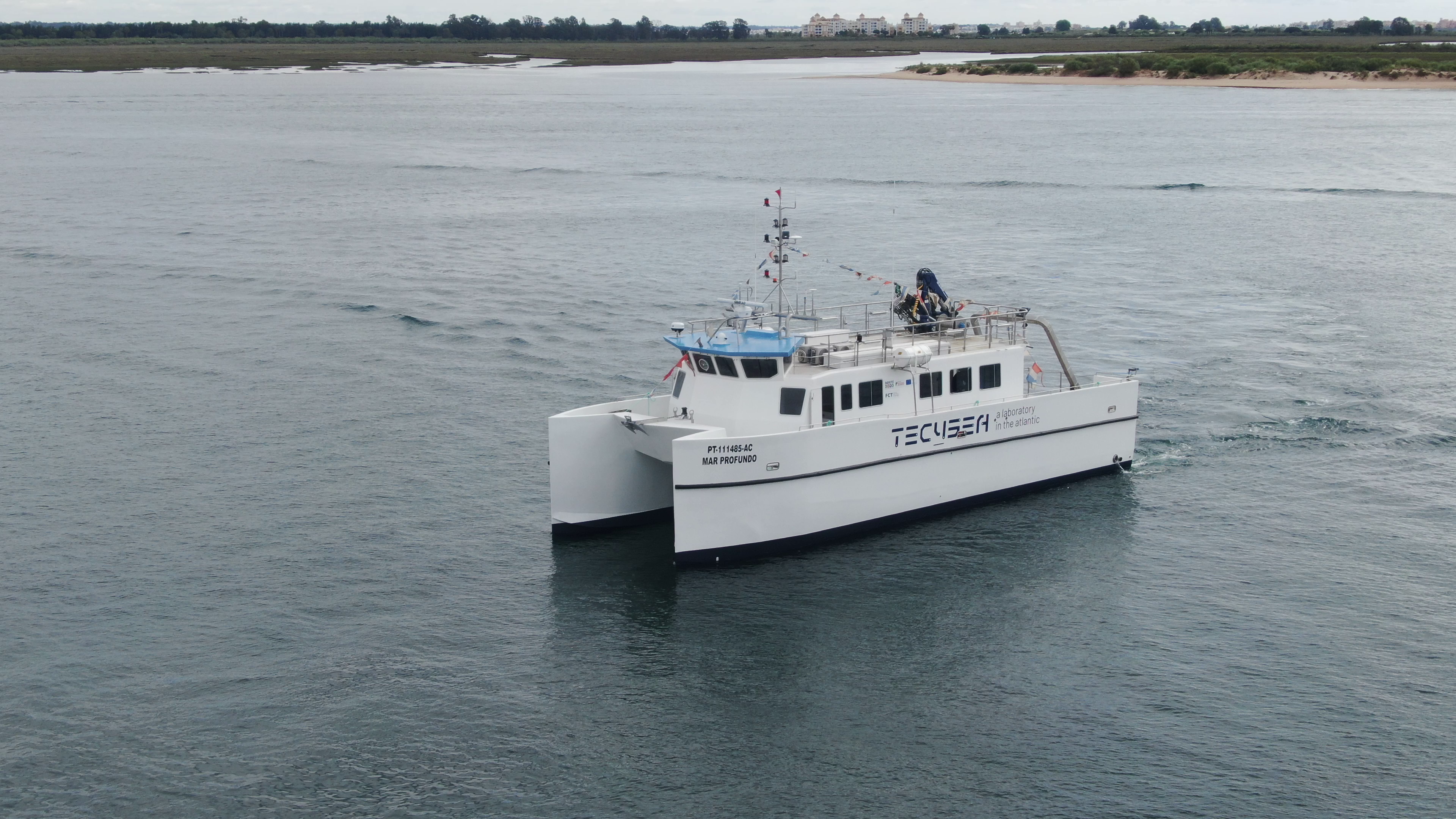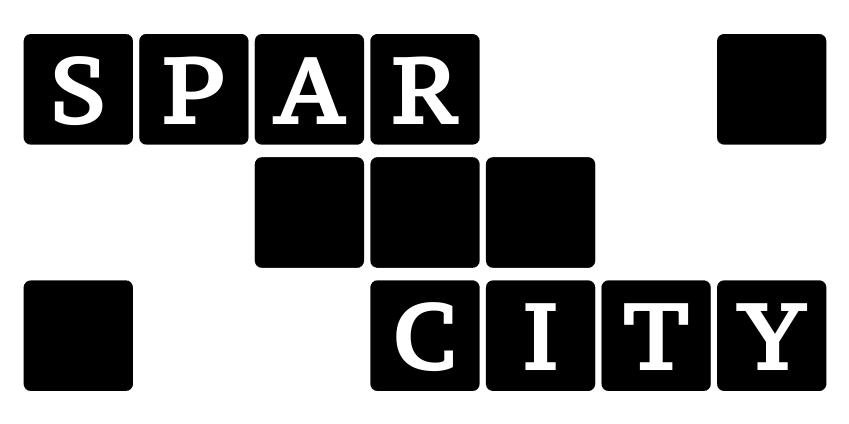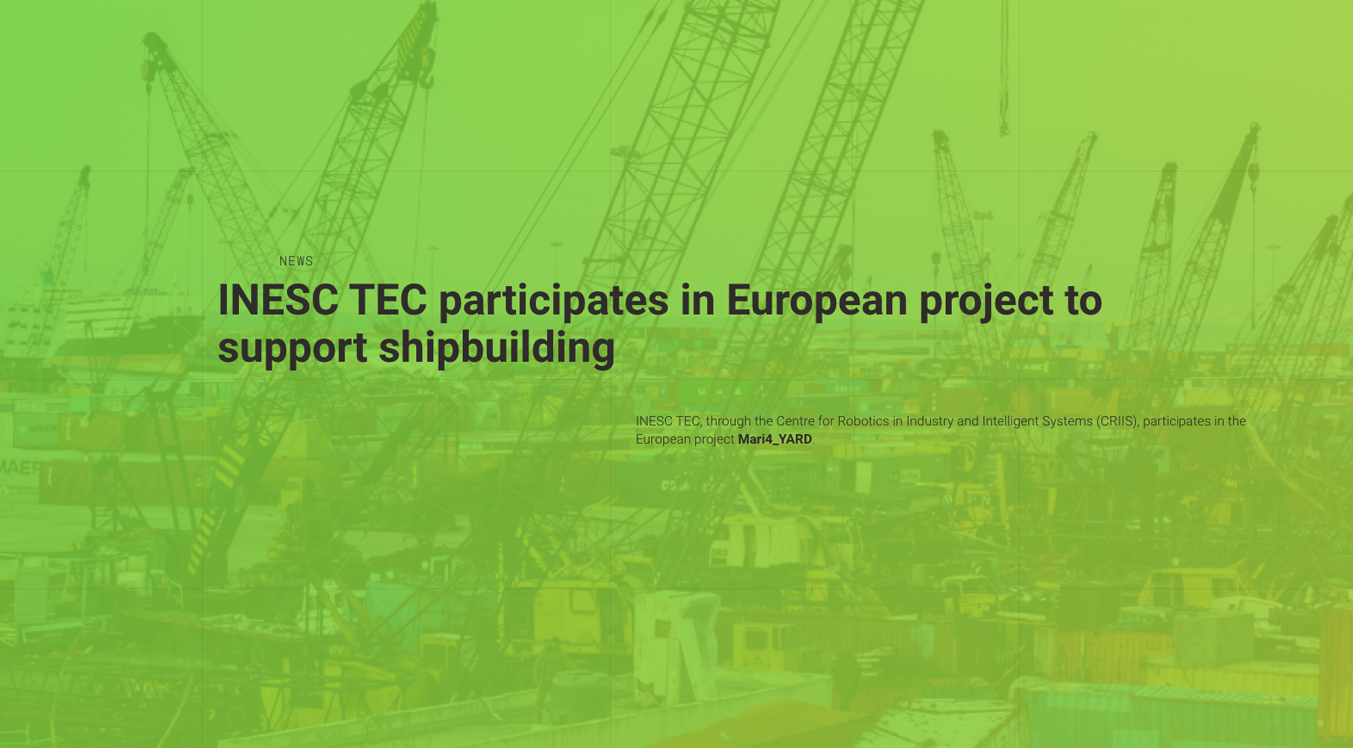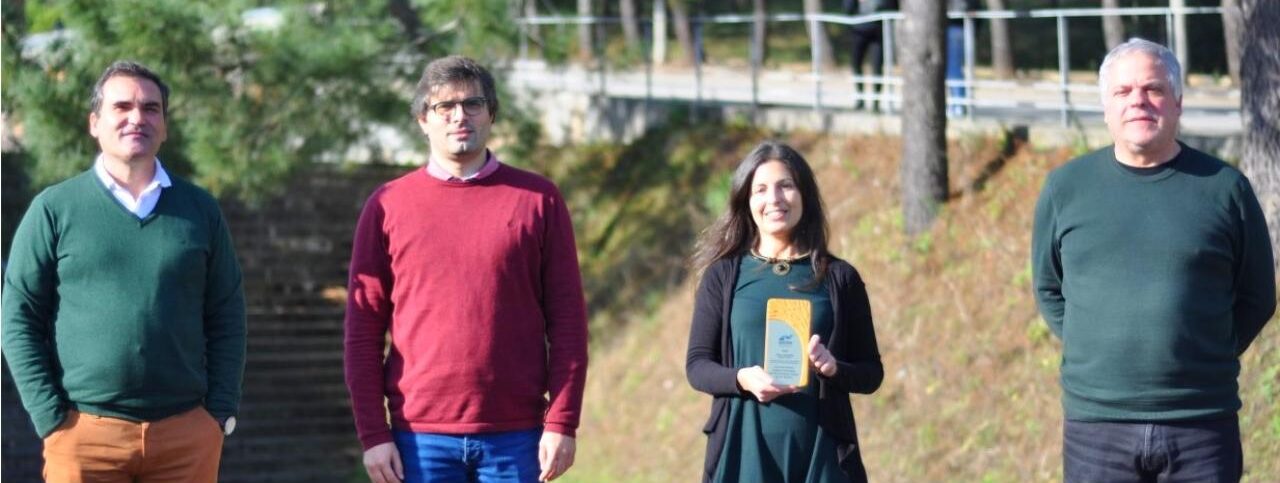Editorial: Why are we doing this? The new Morning Brief
Reading the R&I news in Europe, attending an event or just speaking with a colleague I have, more often than ever before, been reminded of that cowboy-Bush style poster that advertised “you are either with us or against us”, laying before us the false dilemma fallacy: presenting two options as the only ones available, forcing people to choose between extreme ideas instead of considering all the possibilities. As we discuss the future framework programme, as we approach the crucial dates of 64 electoral acts around the world in 2024, including one of the most significant EU electoral acts ever for the EU’s institutions already this coming June, we are making disservice to society and to ourselves.
Let me illustrate with a few of concrete examples (and here I am sticking to the microcosmos of the R&I world), to be clear about what I am referring to:
Research Infrastructures vs Technology Infrastructures, basic research vs applied research, Pillar 1 vs Pillar 2 (or one versus all the others), cohesion vs excellence, the east vs the west, the north vs the south, universities vs RTOs, the research office vs the researcher, the researcher vs the entrepreneur, the EU vs the world, I mean… you get the gist. Hence the reason for the title of this article, I am a staunch supporter of the hugely successful ERC programme, but 90% of the conversations about the future of ERC nowadays start with some version of the “ERC vs the world” argument.
The inherent danger of binary thinking in the R&I landscape extends far beyond theoretical debates, manifesting in practical, often detrimental consequences for the advancement of knowledge and technology. Predominantly, it risks the underfunding of interdisciplinary research, which, by its nature, exists at the confluence of traditional categories, offering solutions that single-discipline approaches might miss. Furthermore, emerging research areas, especially those that defy conventional classification, may struggle to gain recognition and support, stifled by a system that prizes clear-cut categorizations over innovative ambiguity. This dichotomous framing not only narrows the scope of funding and policy support but also diminishes the capacity for R&I to respond to complex global challenges that demand a multifaceted approach. By enforcing arbitrary divisions, we inadvertently sideline promising avenues of inquiry that could bridge gaps in our understanding and application of science and technology, ultimately hindering progress in addressing some of society’s most pressing issues.
Before going deeper into the intricacies of R&I funding policies, let me introduce you to the story of researchers like “Dr. Manuela Gomes”, which serve as an anonymized yet significant illustration of what we stand to lose. Dr. Gomes, working across the domains of biology and computer science, faced significant funding barriers for her interdisciplinary work on climate change’s impacts on biodiversity, highlighting the critical need for funding frameworks that embrace the complexity of modern research. Similarly, in another real example we have recently witnessed, the collaborative “Odessus” project, a synergistic endeavor between engineers, biologists, and sociologists to develop accessible water purification technologies, initially struggled to find support due to its cross-disciplinary nature. Dr. Gomes and her team ended up getting funding (and ultimately even a tenured position) outside Europe. These stories, though anonymized, underscore the tangible setbacks and missed opportunities engendered by rigid, binary thinking in research funding.
But the list above, ignores the most significant binary-danger of all: R&I vs the world. Especially when we are talking about budgetary divisions, and in the end, it all comes to that. By bickering between ourselves about who should get more from the ever-small pot we will have access to, we are alienating the main issue, that of funding R&I and, thus, contribute to solving the main societal problems on planet Earth (and beyond, it seems).
To overcome this, we need to distance ourselves from orthodox ways of thinking and start thinking objectively. Really objectively. First, we need to stop staring at our own belly button and acknowledge that the R&I funded by the Framework Programme is not an end in itself, nor merely a Weberian form for all of us to justify our jobs. It is, or rather should actually be, as it was since ESPRIT, “(ESPRIT was set up in 1984) to coordinate and focus pre-competitive research in Europe and so strengthen the ability of European companies to compete in world markets.”, as stated by Michel Carpentier, Director-General, DG XIII. Did this mean that basic research was out of the equation and did not receive any funding? Not at all. Citing the ESPRIT 1991/92 report: “The year 1991/92 for basic research marks a watershed — the completion of actions started from the first call for proposals in 1989 and the recommendations for funding further work from a second call made in October 1991. Almost all the 61 actions and 13 working groups launched as a result of the first call for proposals in 1989 were completed, and 108 new projects, working groups and networks of excellence were initiated.”. There was, however, a high degree of directionality and the awareness that specific methodologies, skills, tools and investment were needed to transfer basic research into precompetitive research or industrial development.
This is the perfect lead to the second point on objectiveness of analysis, in the build up towards FP10: that we all have the same capacity to bring knowledge to pre-competitive phase. We don’t. But we have built an impressive edifice of research and innovation capabilities, and they are all needed, with the EU framework programmes for R&I playing a crucial scientific lighthouse role, facilitating state of the art advancements in science and technology. And here, when I talk about framework programmes, I am referring to it as a whole, from the flagship and successful ERC to the still in-progress EIC formula, with the crucial role of collaborative projects and public-private partnerships assuming a central role in the esprit of bridging research with the market. But are we there yet? Did we achieve the perfect paradigm, the “End of History”? No, of course not.
We need more money invested in R&I and in the Framework Programme? No doubt. €200B? I hope so and will fight for that. But we also need a visionary perspective to increase investment in R&I. First, we need to clearly set a vision for the role of the EU level funding through the FPs vis a vis the national and regional levels of funding. There is not, there will not be enough money to fund all the good practices through the FP, but we do have, and will fight to increasingly have the capacity to build the meta-structure, the connections and the knowledge flows to make it happen. That is why, in second place, we need directionality to mobilise resources towards concrete strategic goals, especially when it comes to the use of EU cohesion funds for R&I related investments. Thirdly, we need synergies, not only in funding instruments regulation, but also in planning, especially in the strategic thinking of regional, national and EU priorities, and in particular when in the conditions required to obtain and spend cohesion funds. This must be done when negotiating framework agreements with each of the Member States, if we want to even get near the 3% goal across the EU in a more balanced manner. There is no way around it. Only an illusioned and dangerous populism and nationalism in place of a discontent democracy. Fourthly, we need far better planning and synergies at EU horizontal level as well. So we need to set a much more articulated vision for the role of different DGs in the funding of R&I.
Ricardo Miguéis
Head of INESC Brussels HUB













